| | | | | | | Presented By 2U | | | | Axios Future | | By Bryan Walsh ·Nov 18, 2020 | | Welcome to Axios Future, where we're enjoying "The Queen's Gambit," which is going to do for playing chess what "Sideways" did for not drinking merlot. Today's Smart Brevity count: 1,825 words or about 7 minutes. | | | | | | 1 big thing: The robo-job apocalypse is being delayed | 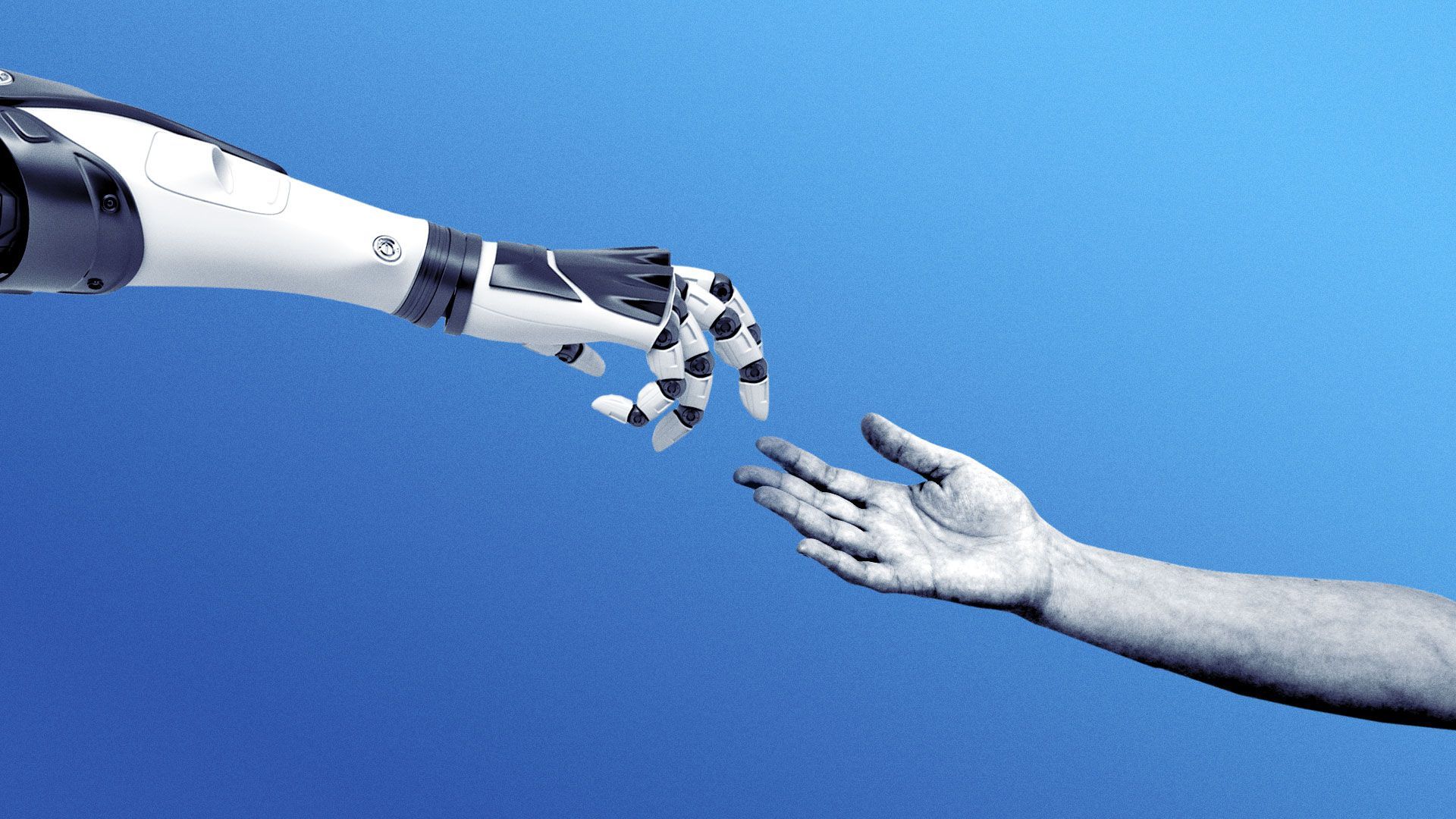 | | | Illustration: Eniola Odetunde/Axios | | | | A sprawling new report makes the case that automation and AI won't lead to widespread job destruction anytime soon. Why it matters: Technological advances in AI and automation will have an enormous impact on the workforce, but it may take decades for those effects to be fully felt. That gives business leaders and politicians a last chance to change labor and education policies that have left too many workers locked in low-quality, low-paying jobs. What's happening: On Tuesday, MIT's task force on the Work of the Future released its final report, coming to the conclusion that the immediate effects of automation on work were overhyped and overshadowed by longer-term political trends that have allowed an increasingly unequal share of economic growth to be captured by the well-off. - "If we deploy automation in the same labor market system we have now," says David Mindell, an engineer at MIT and one of the report's main authors, "we're going to end up with the same results" — an ever-expanding divide between the haves and the have-nots.
Details: In contrast to more pessimistic predictions, the task force found automation and AI currently had the same effect on total job numbers as past technological shifts — some jobs were being destroyed while others were being created, even as overall employment generally kept rising. - The result is a picture of jobs that looks very different than it did decades ago — 63% of jobs in 2018 didn't even exist in 1940 — but ultimately one where work remains available.
- It's possible that one day truly general AI and highly capable robots might be able to do whole classes of jobs more efficiently than human beings, but "the adoption and deployment of these technologies take time, and we're just at the beginning of a 30- to 40-year cycle," said Elisabeth Reynolds, the executive director of the task force, at an event today.
Be smart: The reality is that the human brain — and just as much, the human hands — are still far more adaptable and flexible than any machine, no matter how narrowly intelligent. - For now, the effect of automation and AI — and digital technology more broadly — has been one of augmentation rather than replacement, making individual workers more productive by automating routine tasks.
Yes, but: The task force argues the fruits of that productivity growth have not translated into broad income increases not because of technology but because of a fundamentally broken labor market. - Between 1948 and 1978 productivity and average wage growth for production and nonsupervisory workers rose in near lockstep, but since then, median wages have stagnated even as technology-aided productivity has continued to rise.
- While workers around the world grapple with the effects of technology, Americans fare worse — the task force found adjusted gross hourly earnings of lower-skill workers in the U.S. averaged $10.33 in 2015, compared to $24.28 in Denmark, $18.18 in Germany, and $17.61 in Australia.
The response to these trends should be less technological than political, the task force urges. - The U.S. needs to modernize its labor policies: upgrading unemployment insurance, improving collective bargaining rights and raising the minimum wage.
- Workers — especially the more than 60% of adults who lack a four-year college degree — need help in reskilling and retraining for the future, including on the job.
- The federal government should reverse the long-term decline in its contribution to R&D in order to "continue the innovation cycle," says Mindell.
The bottom line: The future many American workers face as automation filters in is not one where work is scarce, but where work is low paying and unsatisfying. |     | | | | | | 2. AI needs to be personalized for real-world business | 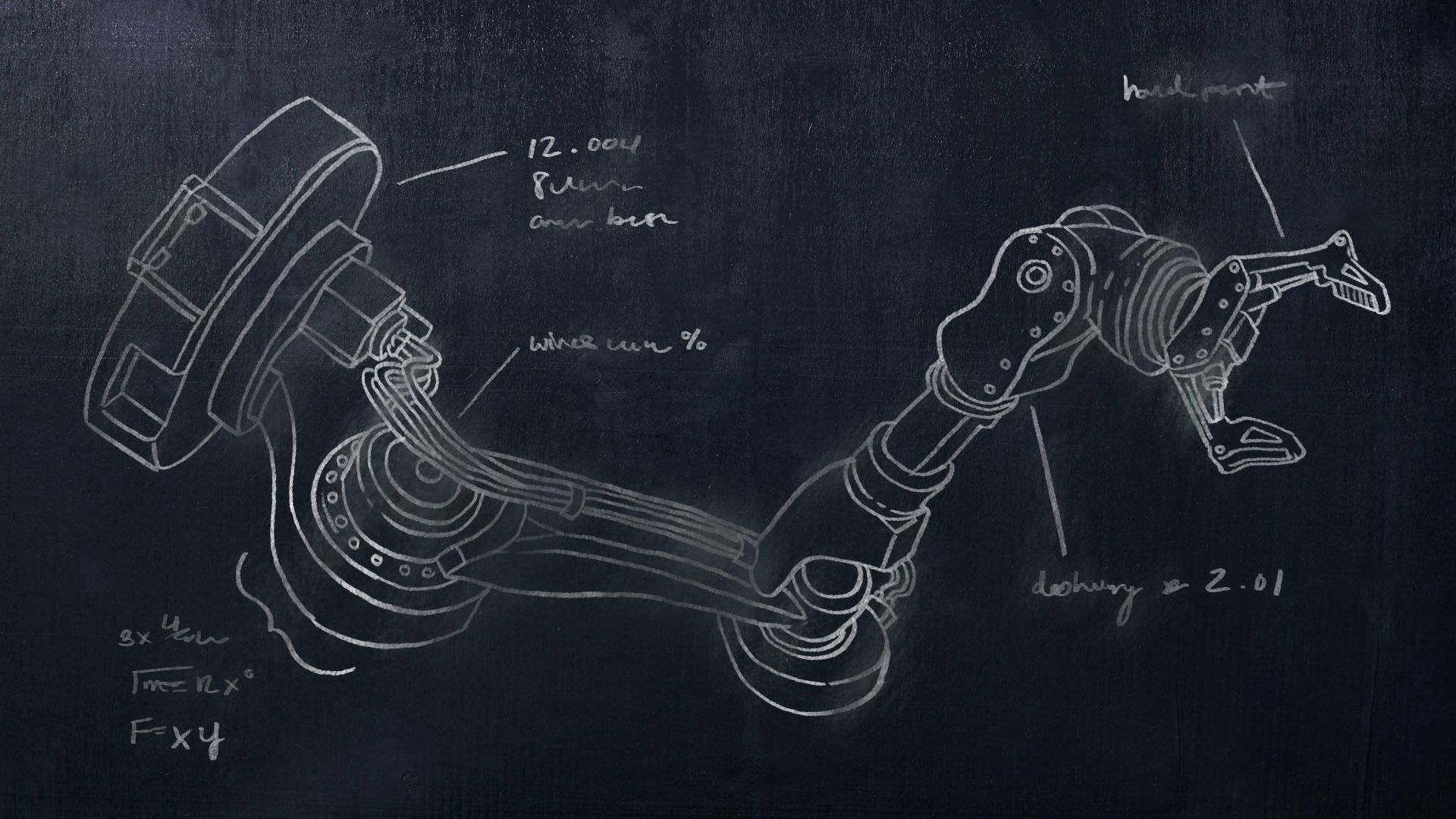 | | | Illustration: Sarah Grillo/Axios | | | | A pioneering AI scientist and entrepreneur argues that technology needs to be specialized to work effectively in manufacturing. Why it matters: AI has been slower to make a difference in many forms of business because it still takes expertise and investment to use it effectively. For now, that means models will need to be trained individually to be effective on the factory floor. What's happening: Landing AI, a company started by former Google and Baidu AI pioneer Andrew Ng, last month launched LandingLens, a visual inspection platform for manufacturers. - Visual inspection — which usually involves human workers checking a product for defects as it's made — is laborious and repetitive, which should make it a perfect use case for AI in manufacturing.
- But visual inspection demonstrates what Ng calls the "customization problem" of AI in manufacturing. "Every factory and every unique product needs its own trained AI model to check for defects."
How it works: LandingLens works as a visual interface through which companies can train the model to understand the inspection needs of individual products. - Manufacturers take pictures of a successfully finished product, as well as images of various defects. Once human inspectors have created labels for defects, the model can run experiments that will over time refine its ability to identify even minor defects.
The catch: LandingLens points to both the benefits and limitations of AI at its current level of development. Manufacturers can get real value out of AI platforms, but it requires investment in time, as well as skills many executives don't have. - While 84% of C-suite executives believe that they must leverage AI to achieve their growth objectives, according to a survey last year, 76% report they don't really know how to do it.
"AI has transformed consumer software, but if you look at the impact it has had on the broader economy, then candidly we are just beginning the path of transformation." — Andrew Ng, Landing AI |     | | | | | | 3. The EV money surge |  | | | Illustration: Aïda Amer/Axios | | | | Growing amounts of cash are pouring into electric vehicle development that is underway via startups and legacy players, my Axios colleague Ben Geman writes. What's new: A report out this morning indicates that GM will be announcing an expanded strategy to take on Tesla, plus the U.K. electric van and bus company Arrival announced it is going public. Why it matters: The Arrival deal marks the latest in a big wave of SPAC transactions in the EV space as investors bank on major growth in what's still a niche market. - Meanwhile, GM's latest move shows how incumbent automakers are increasingly concluding they need to go big into EVs to position themselves for the future, even though sales of internal-combustion models still dominate the market.
Go deeper: Wall Street is searching for electric vehicle gold |     | | | | | | A message from 2U | | A proven framework for designing quality online education | | | 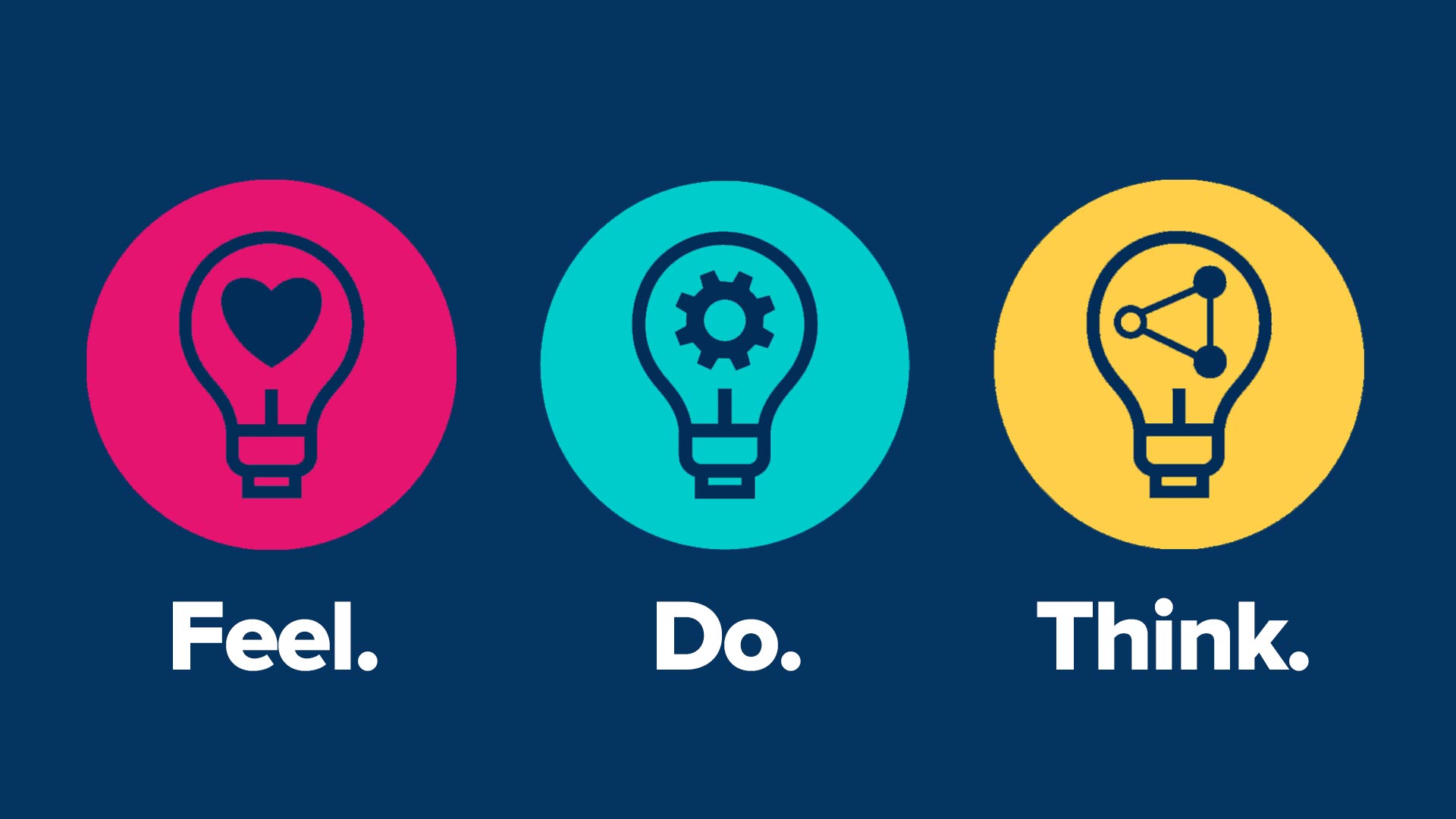 | | | | 2U has distilled decades of research and experience building thousands of online courses to create a framework for effective and engaging learning design. How it works: Find out how three little words—feel, do, and think—work together to deliver strong student outcomes online. | | | | | | 4. Worthy of your time | | The intelligent monster that you should let eat you (Richard Fisher — BBC Future) - A fascinating and troubling philosophical argument about the future of artificial general intelligence.
Why does Silicon Valley want to reengineer humans? (Douglas Rushkoff — Team Human) - Why we should be wary of the technologist drive to optimize humanity at all costs.
Whatever you think ails this nation, a new generation of ICBMs is not the answer (Tom Collina and William Perry — Washington Post) - Getting rid of land-based nuclear missiles would paradoxically reduce the risk of sudden nuclear war.
Turkey business (Stacey Vanek Smith and Cardiff Garcia — Planet Money) - A coronavirus-restricted Thanksgiving is bad news for turkey farmers (though, perhaps, good news for the turkeys themselves).
|     | | | | | | 5. America mortgages its future on school closures | 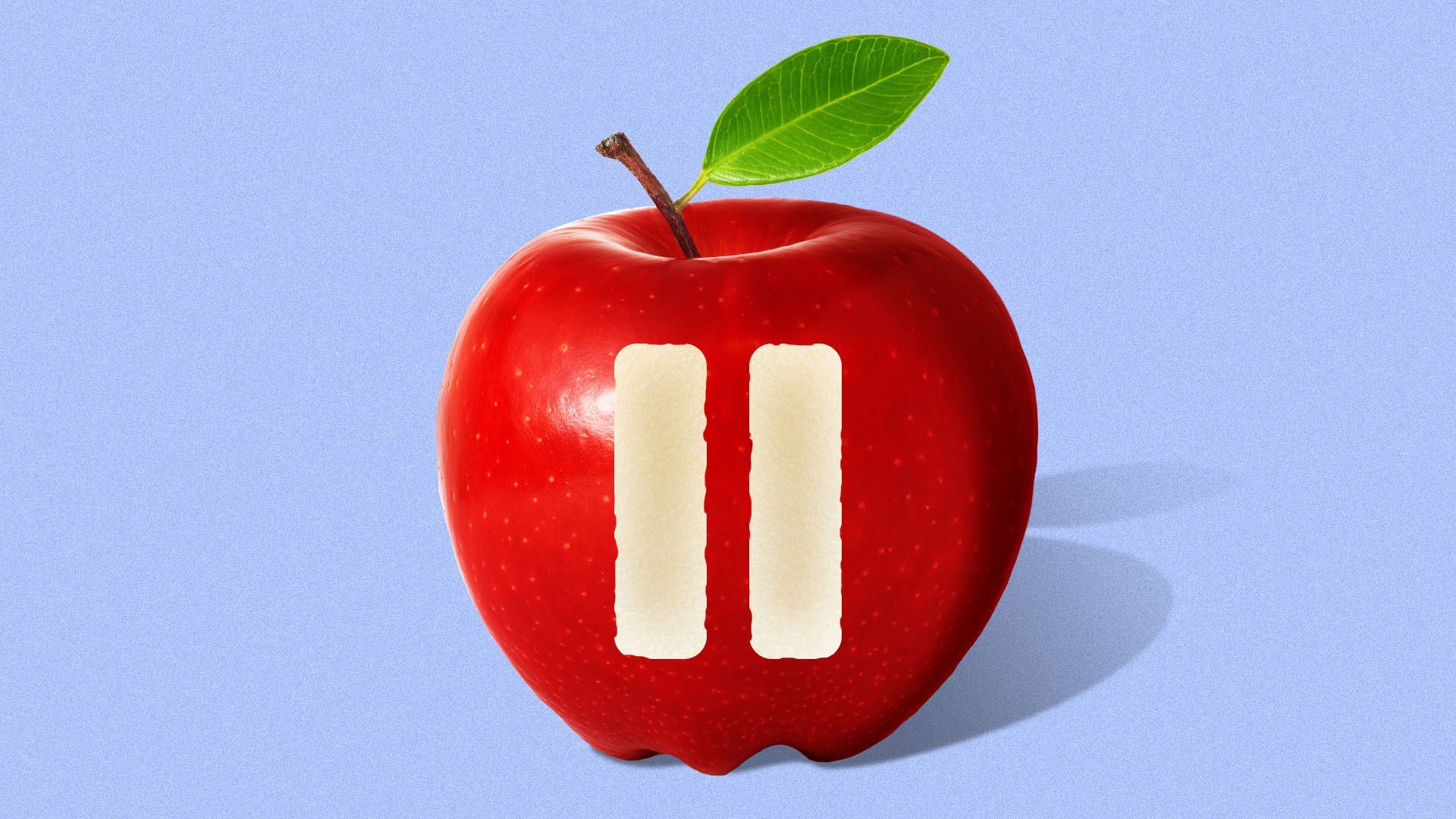 | | | Illustration: Sarah Grillo/Axios | | | | The decision by many U.S. states and cities to keep kids out of school because of COVID-19 will have crippling economic and health effects that could last for decades. Why it matters: Evidence shows that children, especially younger kids, present a low risk for COVID-19 transmission and that remote education is no replacement for in-person schooling. By keeping schools closed — even as more risky activities are allowed to continue — the U.S. is kneecapping the next generation. Driving the news: New York City schools chancellor Richard Carranza told principals this afternoon that public schools will close for in-person education tomorrow, as the city has passed the 3% positivity threshold for COVID-19 established by Mayor Bill de Blasio. - This means that teachers and parents in the country's largest school system — and one of the few major cities that had even partially reopened for in-person education — have 15 hours to figure out what they'll do tomorrow.
My thought bubble: This is — how to put it diplomatically — a maddening decision carried out in a typically maddening fashion, albeit one that is fully in keeping with the backward way the U.S. has approached schools and COVID-19. - To close schools when much riskier activities like indoor dining remain open, even at reduced capacity, is "exactly the opposite of what [leaders] should be doing," as professor of pediatrics Aaron E. Carroll wrote in the New York Times.
- While COVID-19 transmission can occur in schools, increasing evidence suggests that the risk in schools is much lower than in the community as a whole, especially if children and teachers wear masks and are able to keep at least 6 feet apart.
- That's especially true for children under 10, who are also the age group that appears to suffer the most in remote learning.
Of note: Even as they've experienced major coronavirus surges this fall and have instituted lockdowns of varying severity, European countries like Ireland, France and Germany have all committed to keeping schools open. - Keeping schools open "is necessary because we cannot and will not allow our children and young people's futures to be another victim of his disease," Irish Prime Minister Micheál Martin said last month.
The big picture: America, on the other hand, seems less concerned with its own young people's future — and by extension, our own. - Economists at the University of Pennsylvania's Wharton School projected on the high end that K-12 students have already lost $2.8 trillion in future wage earnings just because of school closures between the spring and September.
- They stand to lose another $2 trillion if schools don't open until January, which at this point seems sunnily optimistic.
The bottom line: The U.S. is going to be paying for its misaligned priorities and leadership failures on this issue for decades to come. |     | | | | | | 6. 1 hopeful thing: We did the hard stuff on COVID-19 | 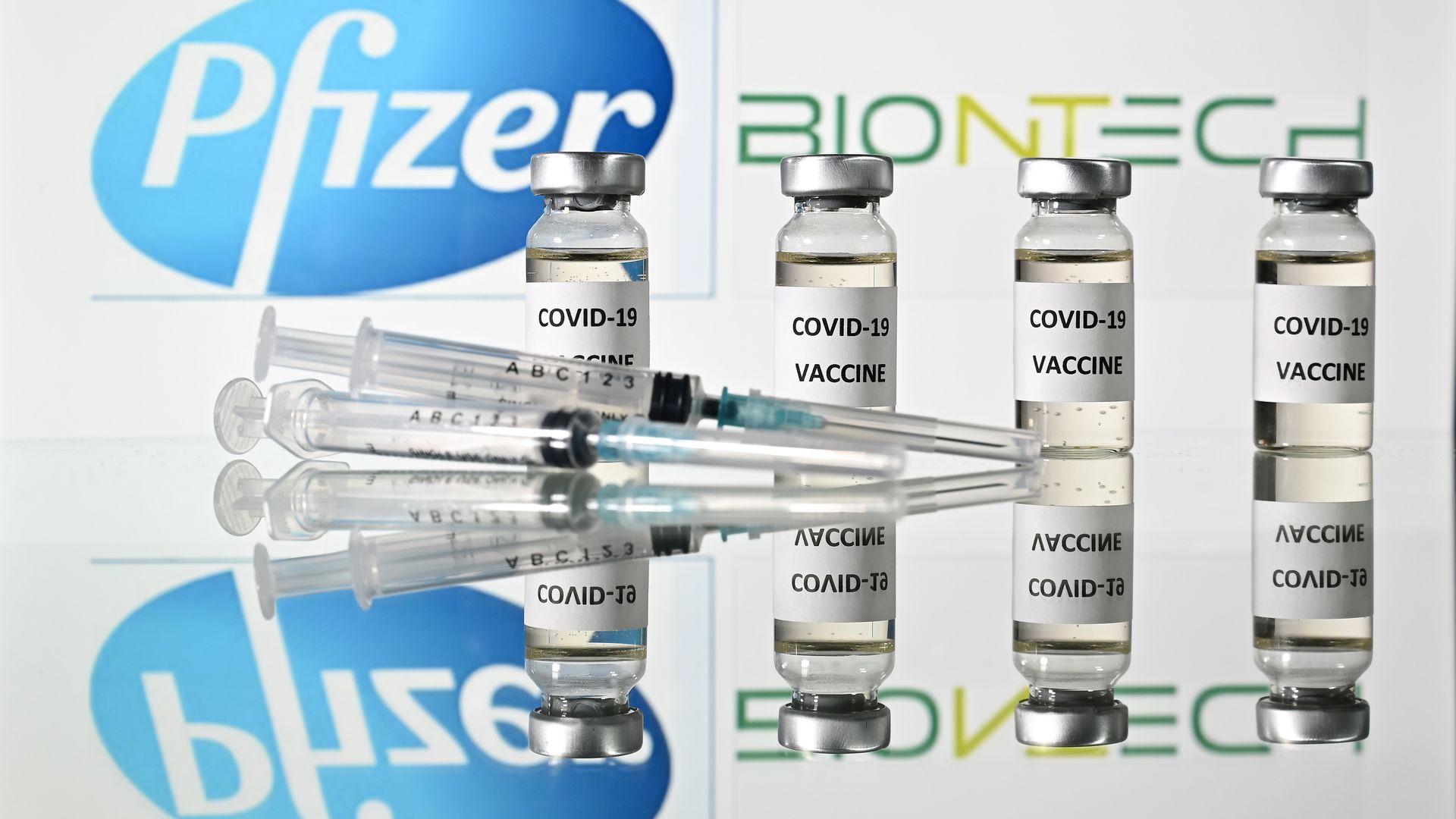 | | | Pfizer's experimental COVID-19 vaccine. Photo: Justin Tallis/AFP via Getty Image | | | | Amid the rising COVID-19 case count, the increasingly crowded hospitals and the growing list of the dead, science is doing what seemed impossible in delivering viable vaccines in record time. The big picture: The story of the pandemic is that the U.S. has been able to do the hard stuff — and mostly failed on what should have been easy. Driving the news: This week has seen further evidence that experimental COVID-19 vaccines from Pfizer and Moderna are both more than 90% effective. - That's far more effective than many experts had expected, and there's a good chance that both vaccines could be in distribution before 2020 is up.
- The FDA on Tuesday night also issued an emergency use authorization for the first fully at-home COVID-19 test, a molecular single-use kit made by Lucira Health.
Be smart: We shouldn't underplay the magnitude of some of these achievements. - The fastest a vaccine had ever been developed before was four years, for the mumps in the early 1960s. COVID-19 will blow that record away.
- As my Axios colleague Dan Primack notes, a number of startups — and the scientists who work for them — "were laying the building blocks for technologies that could help let humanity recover its ability to work, play and spend time with loved ones."
Yes, but: All that great science may be for naught if we can't get it together as a polity and as a public on COVID-19, and stop doing things that are contributing to the spread of this disease. The bottom line: Science may eventually save us months or even years on this pandemic. Which is a good thing, because we clearly would have struggled to make it. |     | | | | | | A message from 2U | | The art and science of effective online learning design | | | 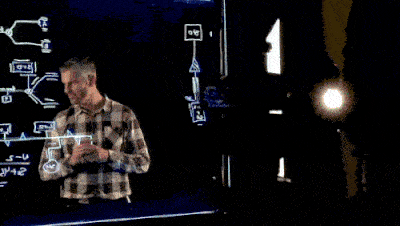 | | | | 73% of students surveyed said COVID-19 made them more likely to consider online programs. What this means: More universities are investing in online education, and they're turning to 2U's science-supported Learning Experience Framework to drive great student outcomes. See the Framework. | | | | | | Axios thanks our partners for supporting our newsletters.
Sponsorship has no influence on editorial content. Axios, 3100 Clarendon Blvd, Suite 1300, Arlington VA 22201 | | | You received this email because you signed up for newsletters from Axios.
Change your preferences or unsubscribe here. | | | Was this email forwarded to you?
Sign up now to get Axios in your inbox. | | | | Follow Axios on social media:    | | | | | |








No comments:
Post a Comment